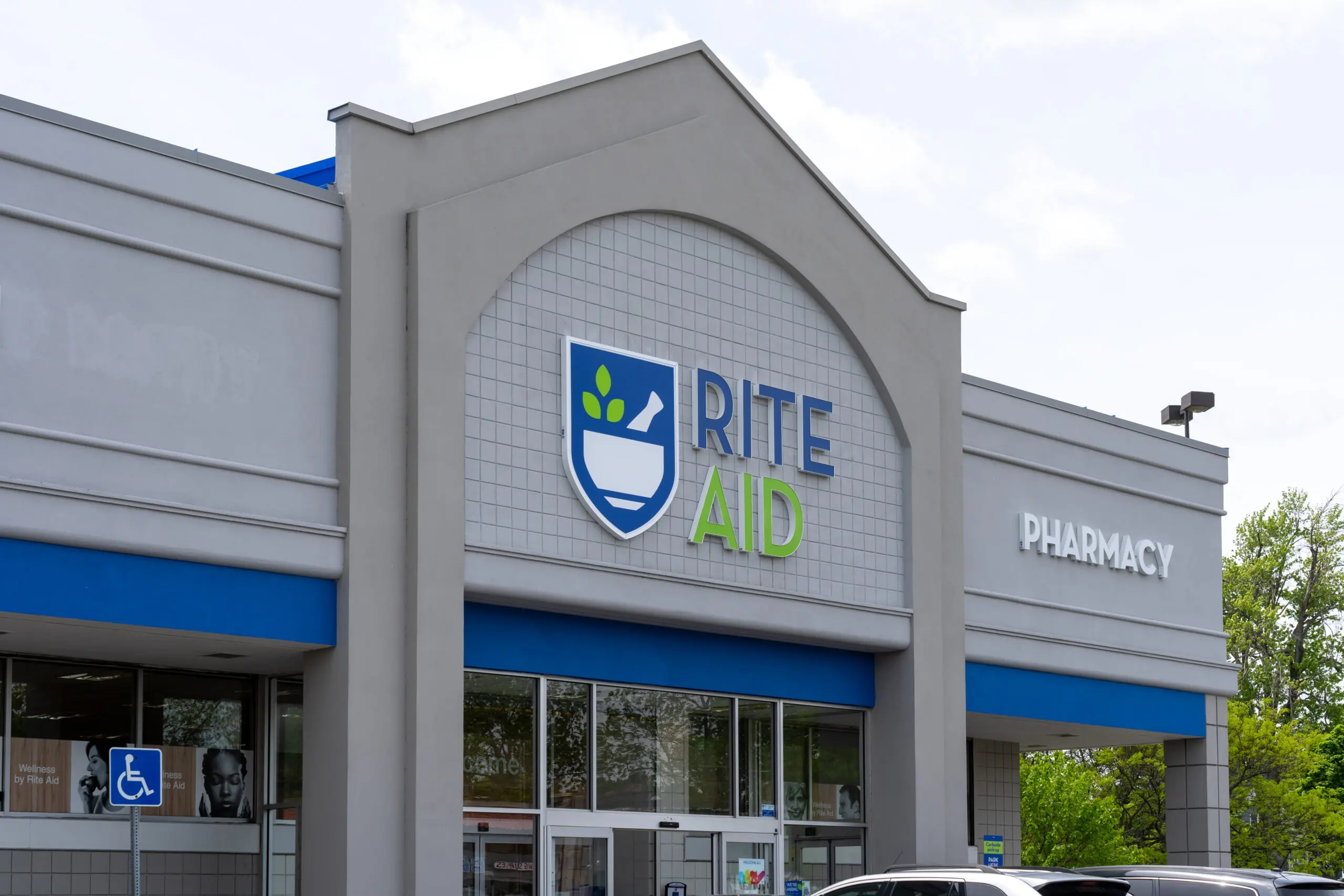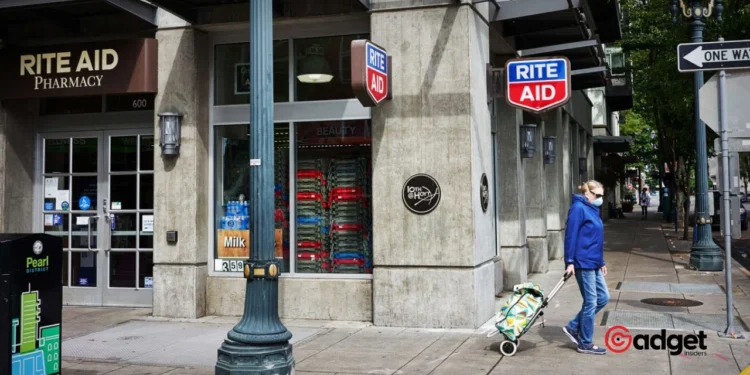https://twitter.com/BobbyCat42/status/1789643479070458064In what could be described as a stark fall from grace, Rite Aid, once a cornerstone of American retail pharmacy, finds itself grappling with the harsh realities of bankruptcy.
The well-known drugstore chain filed for Chapter 11 protection on October 15, 2023, marking a significant chapter in its storied history. This move came as a shock to many who believed that a brand so deeply ingrained in the American landscape could weather any storm. However, a mix of high inflation, strategic missteps, and relentless competition has painted a different picture.

The Unraveling of a Pharmacy Giant
Rite Aid’s journey from a single store in Scranton, Pennsylvania, to a national powerhouse with thousands of locations is a testament to its once-thriving operation. Founded in 1962 as Thrift D Discount Center, the company rebranded to Rite Aid in 1968 and went public shortly thereafter. Over the decades, it expanded aggressively, swallowing competitors and opening new stores across the country. But this rapid growth came at a cost.
Mounting Debts and Declining Sales
By the time Jeffrey Stein stepped in as the new CEO and Chief Restructuring Officer in late 2023, Rite Aid was already deep in crisis mode. The company was saddled with a whopping $4 billion in long-term debt, bleeding money due to high interest rates and shrinking revenue streams. Stein, a seasoned restructuring consultant, identified several core issues driving the company’s downturn:
- High Operational Costs: Inflation and rising labor expenses compounded by diminishing demand for COVID-19 vaccines had taken a toll.
- Increasing Shoplifting Losses: Also known as shrink costs, these losses further strained the company’s finances.
- Unprofitable Store Locations: Many of Rite Aid’s stores were hemorrhaging money, yet exiting these locations was complicated by binding lease agreements.
- Vendor Challenges: As bankruptcy rumors swirled, vendors tightened their terms, often demanding cash on delivery, which put additional pressure on cash flow.

Legal Woes and Competitive Pressures
Adding to its woes, Rite Aid faced a slew of federal lawsuits for improperly filling opioid prescriptions, a scandal that not only hurt its finances but also its reputation. Competitively, it was losing ground to giants like CVS and Walgreens, as well as supermarkets and online retailers who were encroaching on the pharmacy business.
A Timeline of Desperation and Decisive Actions
Rite Aid’s bankruptcy filing was not an impulsive decision but a calculated move to stave off collapse. Following the filing, the company took drastic measures:
- October 2023: It secured $3.45 billion in debtor-in-possession financing to maintain operations during restructuring.
- Late 2023 to Early 2024: Rite Aid announced plans to close over 300 stores and began liquidating assets, including its pharmacy benefit management subsidiary Elixr, which it sold for $575 million.
- March 2024: The company reached a preliminary bankruptcy settlement with its creditors and the Department of Justice.
- April 2024: Continued store closures highlighted the ongoing shrinkage of its retail footprint.
Despite these efforts, Rite Aid ventured into new territories, such as partnering with Uber Eats for home alcohol delivery, signaling a pivot towards adapting its business model to current market demands.

Rite Aid’s Fate: Lessons for Retail Survival
As Rite Aid navigates through these tumultuous times, the question remains whether it can emerge leaner and more focused or if it will serve as a cautionary tale of how fierce competition and poor strategic decisions can bring even the mightiest to their knees.
The outcome of its restructuring efforts will be closely watched, serving as a barometer for the health of the retail pharmacy sector at large. As it stands, Rite Aid’s saga is a sobering reminder of the volatile nature of the retail industry and the relentless pace of change that companies must keep up with to survive and thrive.










